#14th century art
Text
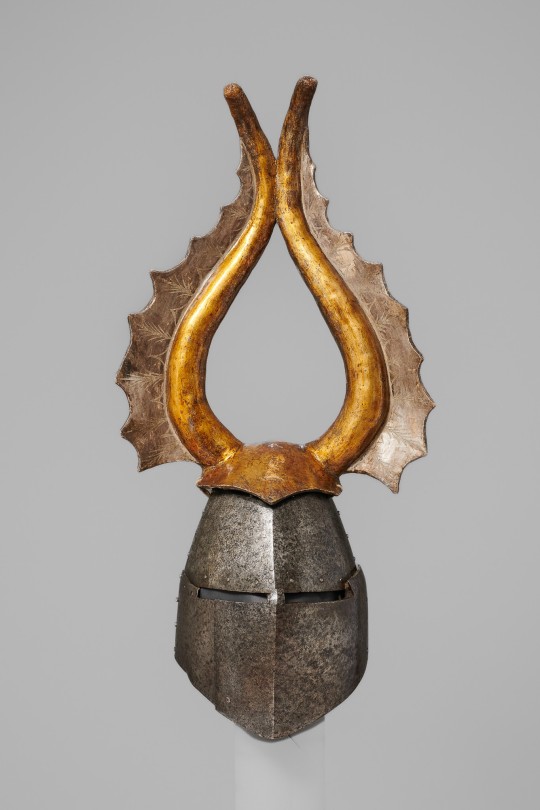
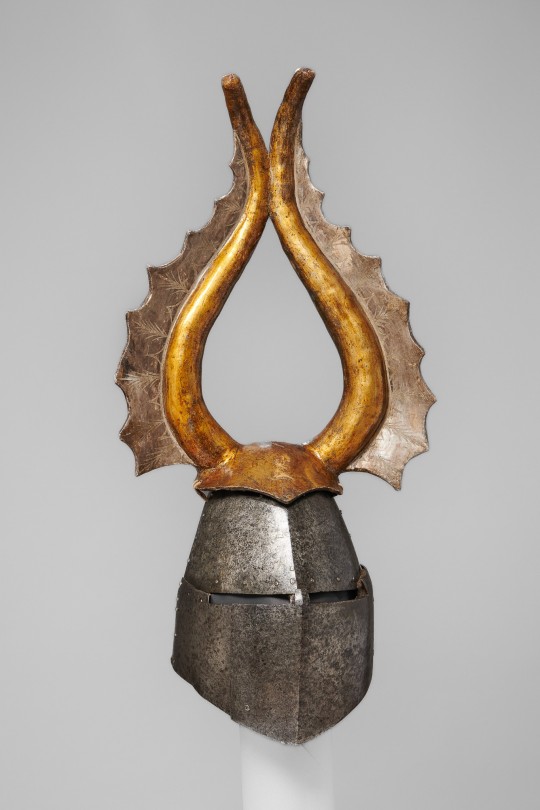
~ Helmet.
Culture: Northern Italy,Southern Germany, Austria
Date: ca. 1350 (helmet) and 15th century (helmet decoration)
Owner: Albert von Prankh
Medium: Helmet: Iron, forged, built from individual parts. Paint residue. Textile: felt. Helmet decoration: leather. Textile: linen. Chalk ground, gold leaf and silver plated. Glaze.
#history#museum#helmet#armor#14th century#14th century art#medieval#middle ages#Albert Von Prankh#ca. 1350#15th century
1K notes
·
View notes
Text

Entry of Christ into Jerusalem, Pietro Lorenzetti, ca. 1320
#Palm Sunday#Holy Week#liturgical calendar#art#art history#Pietro Lorenzetti#Middle Ages#medieval#medieval art#Gothic art#International Gothic#Sienese Gothic#religious art#Biblical art#Christian art#Christianity#Catholicism#New Testament#Gospels#Trecento#Italian art#14th century art#fresco#Basilica of San Francesco d'Assisi
395 notes
·
View notes
Text
For a belated #NationalFoxDay 🦊:

Sacred Foxes
Japan, Kiyama Jinja, Okayama Prefecture
Kamakura period - Nanbokucho era, 14th c.
wood w/pigments
exhibited in The Life of Animals in Japanese Art at the National Gallery of Art DC (2019)
“Pairs of fox sculptures, usually made of stone, are seen all over Japan guarding entrances to shrines for the worship of Inari, Shinto deity of farming and rice cultivation. This pair is unique for being carved in wood. Recently discovered at the Kiyama shrine in Okayama, these sculptures are rare survivors from the medieval era. One fox holds in its mouth a treasure ball symbolizing Inari's sacred rice granary (or treasury), while the other holds the key to the granary, expressing worshippers hope to share in Inari's miraculous power.”
#animals in art#medieval art#Japanese art#Asian art#East Asian art#animal holiday#fox#foxes#woodwork#pair#14th century art#National Gallery of Art DC#The Life of Animals in Japanese Art
72 notes
·
View notes
Text
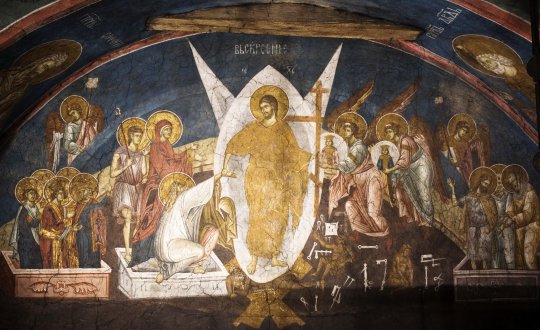
Васкрсење Христово, фреска Високи Дечани
Resurrection of Christ, fresco Visoki Dečani
Христос Васкрсе! Χριστός ἀνέστη!
#orthodox#christianity#easter#orthodox christianity#serbia#kosovo i metohija#monastery#fresco#orthodox fresco#serbian history#serbian art#history#art#kosovo#14th century art#medieval art
149 notes
·
View notes
Photo

Detail
Giovanni del Biondo, Martyrdom of St Sebastian, circa 1375-1380
Paint on wood
https://en.wikipedia.org/wiki/Giovanni_del_Biondo
#hannibal#nbc hannibal#art that reminds me of hannibal#Giovanni del Biondo#paintings and mostly 2d art#14th century art#gothic painting#proto renaissance#saint vibes#st sebastian and st sebastian adjacent#human(ish) bodies#queue
68 notes
·
View notes
Text

Bottle - China, 14th century
19 notes
·
View notes
Photo
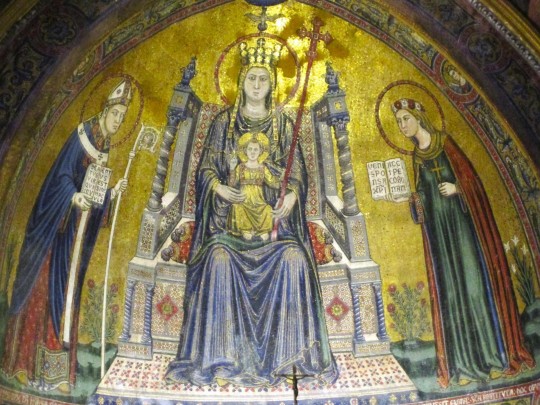



The chapel of Santa Maria del Principio is the oldest and most elaborate of the side chapels in the Basilica of Santa Restituta in Naples. The mosaic in the apse, the Madonna and Child enthroned between San Gennaro and Santa Restituta, is by Lello da Orvieto, c. 1313-1322. It was commissioned by Constantine the Great at the same time as the basilica and the neighboring baptistery. It exhibits signs of the transition from Byzantine iconography (the gold background) to the art of the Italian Renaissance (the design of the throne). The marble altar and railing as well as the frescoes in the dome were added when the basilica was remodeled in the Baroque style of the 17th century.
Photos by Charles Reeza
#art history#catholic church#14th century art#glass mosaic#religious art#Italy#Duomo di Napoli#Byzantine art#Renaissance art#Baroque art
70 notes
·
View notes
Photo
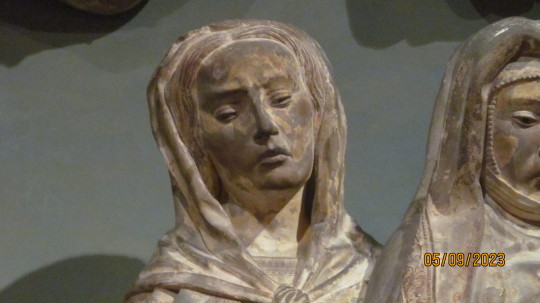

spirali di luce
sentirti, sentirti mio
entombment of christ (detail)
c. 1515
chateau de Biron, Dordogne, France
#digicam#digital camera#canon powershot#canon#metropolitan museum of art#the met#met museum#sculpture#14th century#14th century art#renaissance art#renaissance sculpture#patty pravo#miss italia#mochette#liminal spaces#weirdcore#grunge#fairycore#cottagecore#morute#kinderwhore#sad#gothic#francogothic#???#catholic art but i'm jewish so this post is tainted for all the tradcaths
10 notes
·
View notes
Text
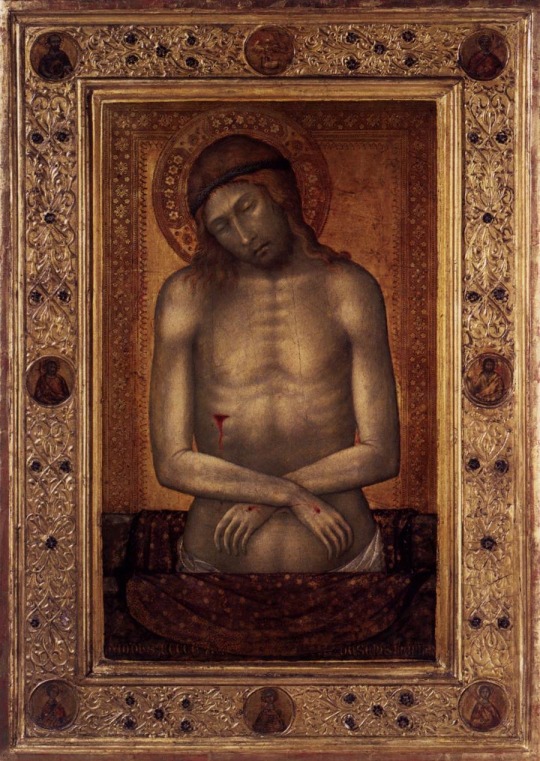
Man Of Sorrows (c. 1347, Spain)
Naddo Ceccarelli
26 notes
·
View notes
Text
Highlights From a Recent Visit to the Museum of Fine Arts, Boston


Jean Baptiste Armand Guillaumin (French, 1841-1927) Bridge in the Mountains • 1887 • oil on canvas
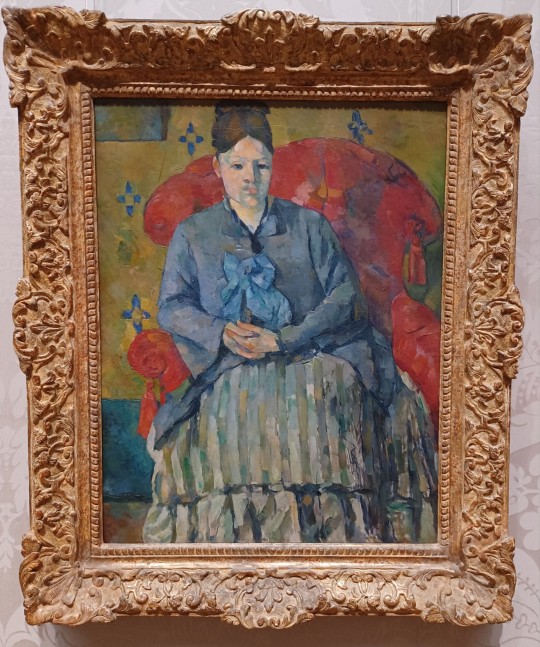
Paul Cézanne (French, 1839-1906) • Madame Cézanne in a Red Armchair • c. 1877 • oil on canvas

Gustave Caillebotte (French, 1848-1894) • Les dahlias, jardin du Petit Gennevilliers • 1893 • oil on canvas

Giuseppe Maria Crespi Italian (Bolognese, 1665-1747) •
Woman Tuning a Lute • c. 1700-05 • Oil on canvas

Joseph Mallord William Turner (English, 1775-1851)
Slave Ship (Slavers Throwing Overboard the Dead and Dying, Typhoon Coming On), 1840 • Oil on canvas
At first glance, a dazzling sunset distracts from the confusion and terror in the foreground of this painting. Its lengthy title alludes to an atrocity, probably the 1781 incident of the slave ship Zong. The ship's crew murdered 132 sick and dying enslaved Africans by throwing them overboard to collect insurance money for those "lost at sea." The resulting outcry galvanized abolitionism in Britain.

Paul Signac (French, 1863-1935) • Antibes, The Pink Cloud • 1916 • Oil on canvas
In a 1916 letter to a critic, Signac annotated a sketch of this "portrait of a cloud" to reveal the cloud's "personalities." He referred to the vaporous form at upper left as Loïe Fuller-an American dancer who had taken Paris by storm in the 1890s-and pointed out "some Michelangelesque figures" in the dark underside of the cloud at right. Signac called the German gunboats in the lower right corner "the black squadron."

Paul Signac (French, 1863-1935) • Port of Saint-Cast • 1890 • Oil on canvas
Port of Saint-Cast is one of a series of four seascapes that Signac painted along the coast of Brittany in northwest France.

Eugène Louis Boudin French (1824-1898) Fashionable Figures on the Beach • 1865 • Oil on panel

Carlo Crivelli (Italian [Venetian]), c. 1430/35-c. 1495
Lamentation over the Dead Christ, 1485 • Tempera on panel
With its gilding and elaborate patterning, this painting feels like a precious object. The raised decoration and the dimensionality of the forms heighten the intensity of Jesus's suffering. John the Evangelist's mouth stretches wide in grief, while the Virgin Mary's face bears the agony of losing her son. The perspective encourages the viewer to look up at the dead Christ, just as Mary Magdalen does while supporting his body. The fruits and vegetables hanging above, lush and full of life, have specific meanings, but together they remind the viewer that Christ will soon be resurrected. Crivelli, a master of pairing ornamental splendor with emotive power, has signed and dated the painting along the stone ledge.
Photo credit: ©Pagan Sphinx Photography
#art#painting#fine art#art history#religious painting#divisionism#jmw turner#carlo crivelli#boudin#guiseppe crespi#paul signac#french artist#french painter#italian artist#renaissance art#19th century art#eugene guillaumin#14th century art#british artist#armand guillaumin#paul cezanne#paul cézanne
2 notes
·
View notes
Text
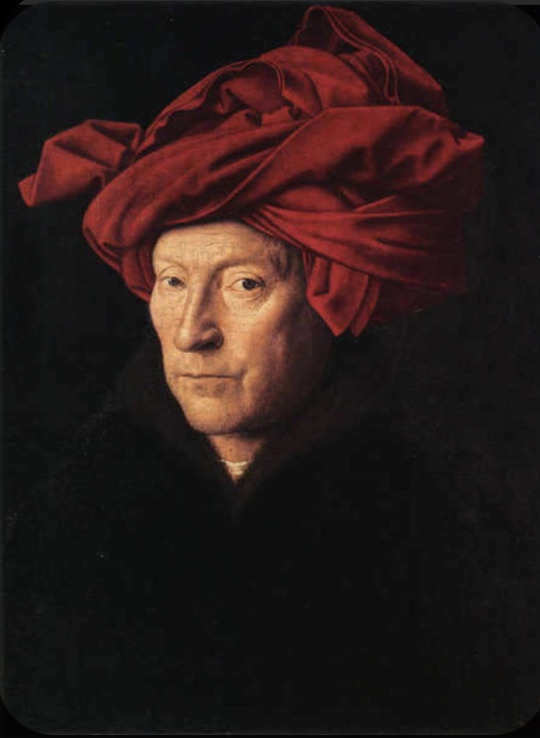
Jan van Eyck (Belgian, 1390-1441)
Portrait of a Man in a Red Turban (self-portrait?)
#jan van eyck#van eyck#art#renaissance#high renaissance#belgian artists#14th century art#15th century art#paintings
2 notes
·
View notes
Text
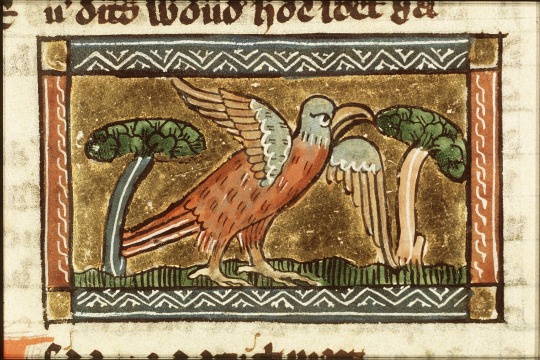
kingfisher, 1340s
0 notes
Text

St. Michael and the Dragon, unknown artist of the Sienese School, 14th century
#art#art history#Middle Ages#medieval#medieval art#religious art#Christian art#Christianity#Catholicism#St. Michael#Archangel Michael#dragon#dragons#Sienese School#International Gothic#Italian Gothic#Italian art#Trecento#14th century art#tempera on panel#National Museum of Western Art
385 notes
·
View notes
Text
A special #Feathersday for #ChagPesachSameach: The Bird's Head Hagaddah c. 1300, the oldest surviving illuminated Ashkenazi Passover Haggadah, named for its depiction of Jewish human figures with bird heads. In this scene they're baking matzo!
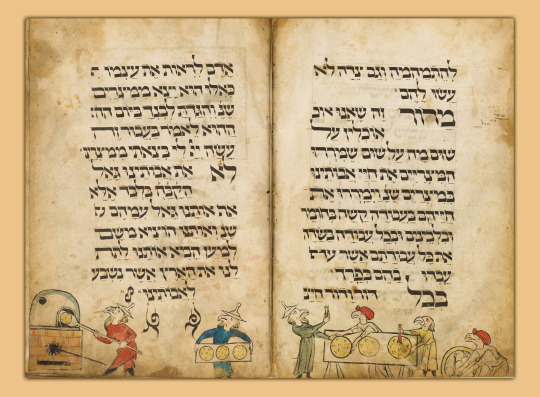


The Birds’ Head Haggadah
South Germany
c. 1300
Scribe: Menahem
Handwritten on parchment; dark brown ink & tempera; square Ashkenazic script
H: 27; W: 18.2 cm
Israel Museum, Jerusalem B46.04.0912
"The name of this early Passover Haggadah derives from its depiction of human figures with pronounced birds’ heads. The enigmatic practice of drawing bird and animal heads in place of human faces is found in other Ashkenazi manuscripts of the 13th and 14th centuries and has been interpreted in various ways.
This is the first illustrated Haggadah known to be produced as an entity separate from the prayer book. It contains depictions with ritual and textual themes: the preparation of matzah and the various blessings over wine and food recited during the Seder; biblical scenes like the gathering of the manna or the giving of the Torah; and messianic images such as the rebuilt Jerusalem."
#chag pesach sameach#Passover#Jewish holidays#Jewish art#Jewish manuscript#illuminated manuscript#medieval manuscript#medieval art#European art#14th century art#book art#matzo#chimera#bird#birds#birds in art#The Birds’ Head Haggadah#Haggadah#German art#Ashkenazi art#Ashkenazi Jewish#animal iconography#animals in art#works on paper
52 notes
·
View notes
Text



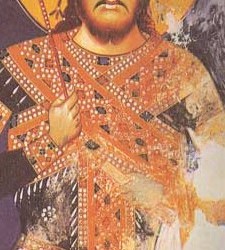
Цар Душан и царица Јелена, фреска манастир Лесново
.
Јован Дучић - Царица, Цар
#jovan ducic#serbian poetry#serbian art#serbian history#poetry#art#history#medieval history#medieval art#fresco#ortodox iconography#ortodox fresco#14th century art#car dusan#carica jelena
23 notes
·
View notes
Text
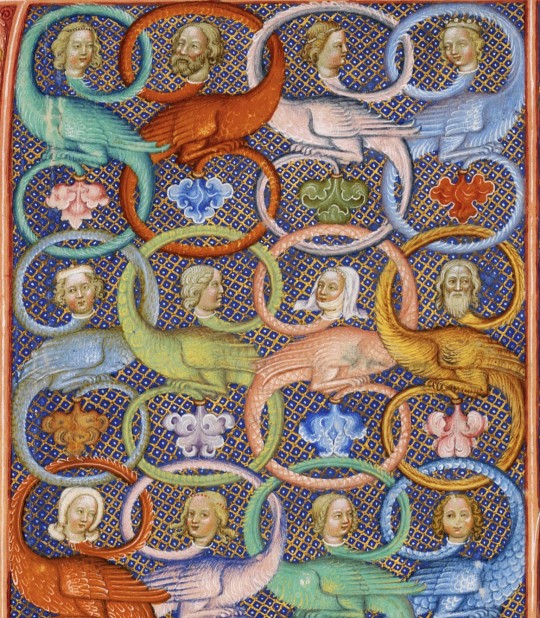

entanglements
full-page "L" initial from the "troppauer evangeliar" (the evangeliary made by johannes of troppau), prague, c. 1368
source: Vienna, ÖNB, Cod. 1182, fol. 2r
#this is apparently meant to represent the genealogy of jesus#14th century#initials#hybrids#troppauer evangeliar#evangeliary#johannes von troppau#genealogy#medieval art
2K notes
·
View notes